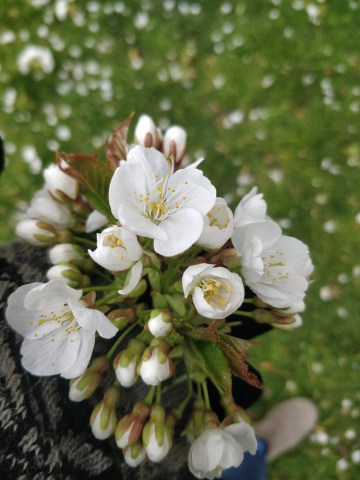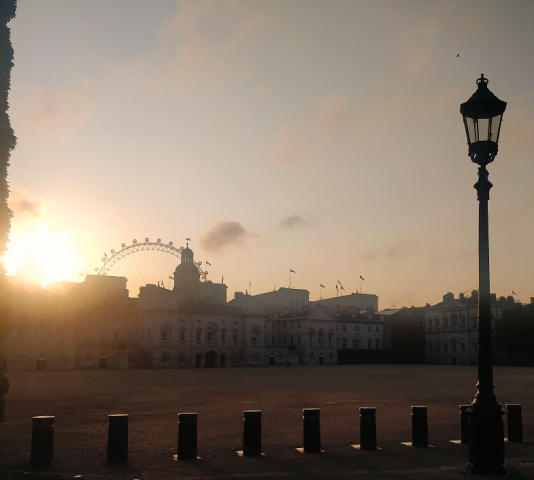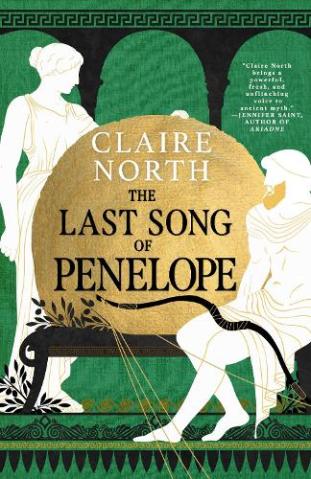God in the Details

Before anyone wonders, this is not one of my god-bashing posts, but rather begins, oddly enough, in praise of a program called From Our Own Correspondent. For anyone who hasn’t heard it, it’s broadcast by the BBC and features stories from the BBC correspondents posted round the world which, rather than necessarily tackling questions of who did what to whom and what government cleaned up afterwards, instead tells tales of the more quirky sides of global travel. Meetings with fishermen off the coast of Crete; encounters with self-proclaimed prophets, coffee with gangsters, weddings in Saudi Arabia where the starter is stuffed peacock and five more courses are yet to follow. Unlike the ordinary news, From Our Own Correspondent brings places across the world alive by looking at the details of people and places, what they eat, what they said, what they wear, and as a writer, I love it.
God, you see, is in the details.
The best way to illustrate this is by looking at historical fiction. We’ve all, I’m sure, read those books whose opening line is, ‘London, 1588’ and at once an expansive paragraph opens up before us describing tinder houses, crooked chimneys, the Tower of London and codpieces. All of which is well and good, but, rather like a museum piece, it lays out an educational model of what was, a diagram of the past, rather than inviting the reader to become immersed in the world the writer creates. In the case of big cities, particularly, there’s a temptation to write location almost as a tourist’s guide. If your main character has to visit a nobleman, then why not go to Buckingham Palace? If you need a chase sequence, then why not down Oxford Street? Looking for a church – use St. Pauls; sure, all these places can create a spectacular tale (and I’ve used at least one of them myself) but they play on what a reader may already know, rather than feeding new and interesting details that might actually help to bring the city alive.
Whereas, if you look at something like Wolf Hall, you’ll find that there’s actually very little discussion of winding streets and ancient monuments, but rather, the place and time is bought to life in details of what people eat, what they drink, how it smells and how much silk costs. As a friend pointed out – reading the book is like eating a Tudor meal, and in the bustle of kitchens and the smell of spices the reader is lured into a world both strange and familiar, instantly recognisable and yet wonderfully alien.
As a scribbler, I’ve always loved the details. I personally think that a location comes alive, not so much from statues and the tall towers, but from the little bit of graffiti scrawled by an ATM, through the beggar woman with a white cat curled up in her lap, or via the picture of a gap-toothed relative beaming out proudly from the window of the local takeaway. Tiny things can reveal so much about a time and a place; within the graffiti you may read of a poor man’s rage against the economic machine, in the beggar woman you may see a life lost, only the cat saved, or in the gap-toothed relative you may learn the story of a migrant family who left some of their kin behind. These things don’t have to be spelt out, and arguably are better if they aren’t, since nothing is ever obvious at first glance, but just by their presence you get a sense of stories within stories, which arguably can make a place more real, not less.





